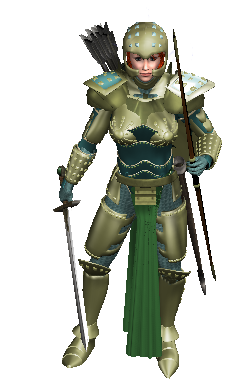If you have rendered all of your sequences from the same camera position, so that all of your renders are lined up, you can use Oak's "build standard collection" tool (in the Tools menu). It handles almost all of the collection building process for you, including indexing.
Basically, the tool wants the renders arranged in a folder structure, one folder per sequence (animation).
e.g.
Code: Select all
myunit/walk/
myunit/attack/
myunit/taunt/
Then you select the "myunit" folder in the tool, fill in the options and click OK.
The images in each folder are sorted by filename and then the frames and views are filled out in order from the sorted images. The tool defaults to 8 views per sequence, meaning the images are ordered like this
Code: Select all
views
frames 1 2 3 4 5 6 7 8
9 10 11 12 13 14 15 16
(etc)
If you tick the checkbox for "frames then views ordering", then they are ordered as
Code: Select all
views
frames 1 9 etc
2 10
3 11
4 12
..
If the number of views for your unit isn't the default of 8, you will have to use the script mechanism to specify it for each sequence. This is done by creating a text file that goes into the folders that the tool will read.
The script should be named "script.txt" and it can be placed in the root folder myunit/script.txt as well as in each animation folder, myunit/walk/script.txt etc. If a folder has no script, it inherits the script from its parent.
An example script file showcasing all the possible parameters:
Code: Select all
(3 3 2 1 2)
Frames 5
Views 5
BitmapOrder FramesThenViews
The first parameter is called the "frame mapping" which can be used to permute or duplicate frames.
BitmapOrder can be either FramesThenViews or ViewsThenFrames.
Frames and Views - self explanatory.
The reg. point X, Y fields are used to specify where the bottom of the sprite is. This is typically somewhere between a unit's feet - check out other collections in the editor to see where you should set this.
